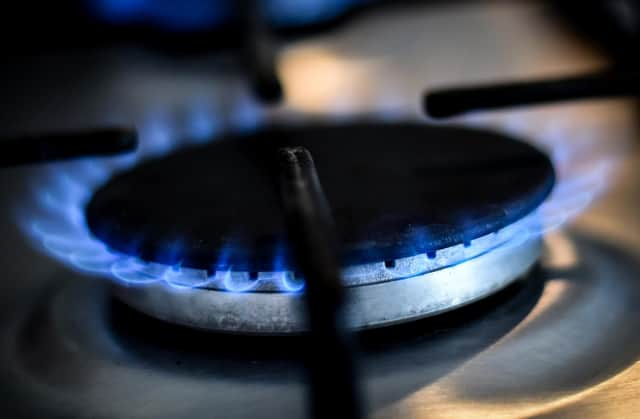Over 10,000 families facing 'fuel poverty'


Department for Business, Energy and Industrial Strategy figures show 10,316 households in the area were in fuel poverty in 2020 – down from 10,457 the year before.
That means 14.5% of people were living in a property with an energy efficiency rating of band D or below and, after heating their home, had a residual income below the official poverty line.
Advertisement
Hide AdAdvertisement
Hide AdMore than three million households in England (13.2%) were in fuel poverty in 2020, the lowest proportion since records began in 2010.
The these figures do not account for the current explosion in fuel prices, which saw the energy price cap increase by 54% in April, meaning many households can expect to pay around £700 more per year on their bills.
Simon Francis, from the End Fuel Poverty Coalition, estimated more than six million households in England have now been thrust into fuel poverty.
He said: "Measures taken pre-pandemic have barely shifted the dial.
Advertisement
Hide AdAdvertisement
Hide Ad"We now need urgent help for households in fuel poverty combined with a long-term plan to improve energy efficiency of our homes and a sustainable, renewable-led, energy mix."
A Government spokesperson said it is continuing to make "significant progress on tackling fuel poverty."
They added: "We are investing over £6.6bn in this parliament and working directly with local authorities to further boost energy efficiency in homes across the UK, which remains the best long-term method to keep household energy costs down".